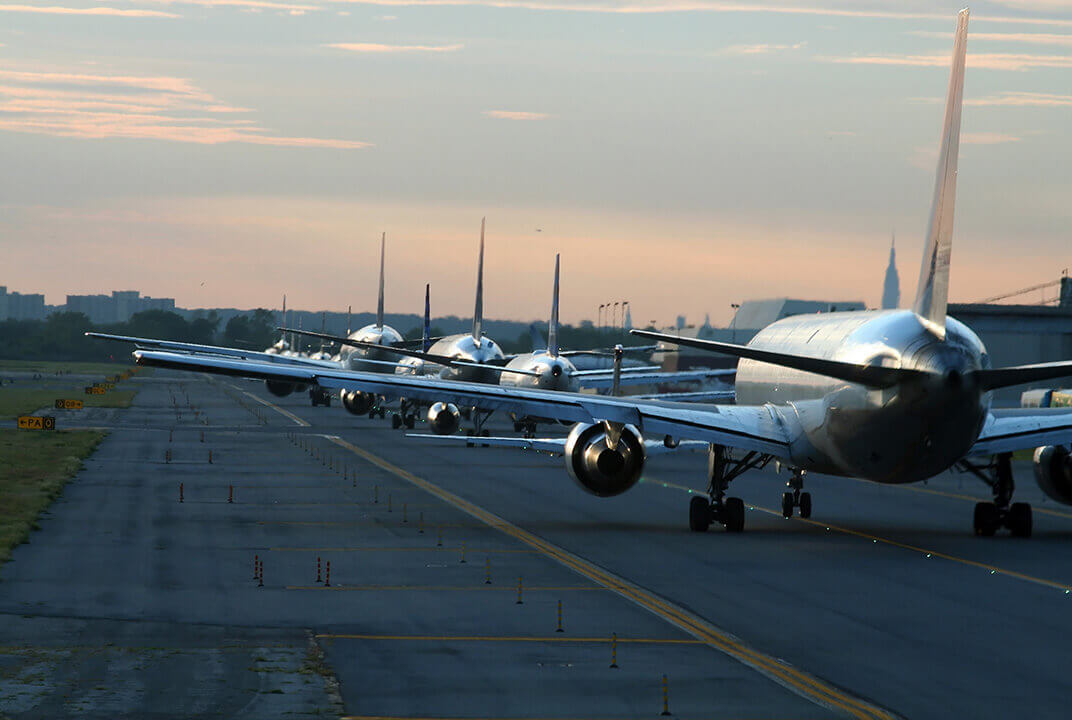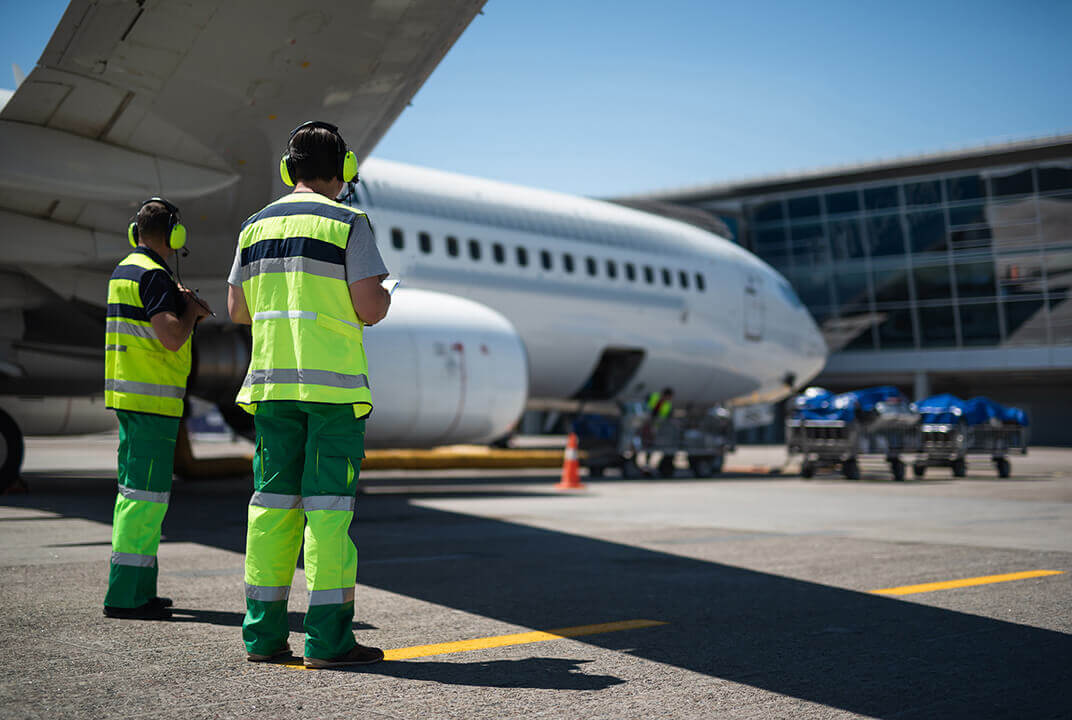Insight | A new age of digital connectivity in airline operations
A new age of digital connectivity in airline operations
Aviation
Operational connectivity could be easier to enable than you think. Here’s why
We live in an increasingly connected world. Our smartphones give us access to an ever-growing list of online services. More and more objects and devices around us are linked to the internet. And we expect similar connectivity when we fly. Inflight Wi-Fi is now seen as more of a necessity than a luxury by the majority of passengers who have experienced it.
But what of airline operations? How has the digital transformation that is changing our world affected the aviation industry? The potential benefits of the connected aircraft have often been talked about, but usually as part of a vision of aviation in some distant future.
The truth is that aviation’s digital transformation has been underway for some time. As far back as 1990 Inmarsat paved the way for a digital future with the introduction of its Classic Aero service for air traffic control communications and surveillance, which is now used by more than 90% of the world’s aircraft crossing oceans. And today Classic Aero is often installed alongside a spare L-band broadband connectivity channel. In other words, the technology that will enable the connected aircraft of the future is already present today – but is mostly under-utilised.
Related service
And soon, Inmarsat’s newest technology will herald a maturing of the digital revolution. With linefit positions secured on Airbus and Boeing, and a new terminal arriving later in 2019, SwiftBroadband-Safety (SB-S) is the ultimate global, secure IP connection for operations and safety communications. It’s designed to deliver incomparable amounts of protected data everywhere airlines fly. The capabilities it enables are many, and include continual positional awareness for flight tracking, flight data streaming (the so-called Black Box in the Cloud) and real-time electronic flight bag applications. Benefits delivered include more fuel-efficient routes and the ability to transmit vital aircraft performance and positioning data in real time – minimising disruption.
SB-S is a powerful changemaker for airlines, so opportunities to learn from other operators’ evaluations are important first steps for airlines on the path to digital transformation.
Indeed, the second chapter of the London School of Economics ‘Sky High Economics’ found that connected airline operations could save the aviation industry $15bn per year and 21.3m tonnes of CO2 emissions by 2035 thanks to major efficiencies in fuel savings, a reduction in delays, innovations in maintenance processes and more.
The Future Today
The revolution is already happening: SB-S is in service today with Hawaiian Airlines, United Airlines and Shenzhen Airlines. As far back as December, 2016, Hawaiian announced the installation of SB-S on its Airbus A321neo fleet following a successful in-flight evaluation on its Boeing 767-300 aircraft. And the SB-S system was installed for evaluation on a United Boeing B767 aircraft in 2017, together with Cobham’s AVIATOR 300D satcom system.
“United is excited to have this powerful new capability in flight today,” said Captain Chuck Stewart, United Airlines Chief Technical Pilot for Communications at the time. “We look forward to seeing improved operational efficiencies with a fully connected flight deck, using the platform for improved communications and real-time updates that previously had to be done on the ground.”
October 2018 saw Inmarsat and Cobham announce that they had entered into a contract for the certification of the AVIATOR 300D satellite communication system on Boeing 737NG aircraft, which will enable United to extend the SB-S platform to more of its fleet.
“Following the much-anticipated launch of SB-S into commercial service earlier in 2018, this new STC will add to the growing support from airlines and partners as further evidence that the Cobham AVIATOR and Inmarsat SB-S IP platform is the preferred communication technology solution that will meet the needs of the aviation community in the years ahead,” said Brian Anderson, Americas Air Transport Sales Manager for Cobham.
Following evaluation on its Airbus A320, Shenzhen Airlines last year began rolling out SB-S on its entire A320 fleet, while also receiving certification to extend the system to its Boeing 737 aircraft. And SB-S has been selected by Airbus as a Light Cockpit Satcom solution on its A320 and A330 families.
Making The Leap
When technology is advancing so quickly, it can sometimes seem like a rollercoaster, and it’s easy to take a step back, thinking that a wait-and-see approach is the best course of action. But this hesitancy could cost airlines a competitive advantage. And as we have seen, the leap to get on board that rollercoaster is not necessarily a big one, as there is already unexploited operational connectivity onboard many aircraft today. Airlines can start recognising savings right away, based on equipment already on board their fleet.
Some are already making use of available L-band data connections as an easy access way of enabling operational broadband connectivity. This gives airlines resilient, secure broadband connectivity that will accelerate their access to digital aircraft operations, meaning faster access to operational savings.
From testing use cases of connected EFB applications, to evaluating the optimal level and frequency of data to transmit in flight from onboard equipment, a host of new developments can be activated quickly.
The inflight broadband revolution is no longer in its infancy. The connected aircraft not only brings immediate benefits but also prepares airlnes for the future – a future in which the winners will be those who leverage the best of digital technology to secure the edge in an increasingly complex and competitive airspace.


